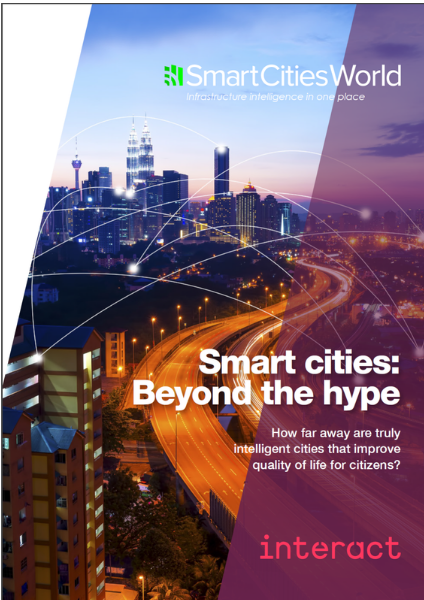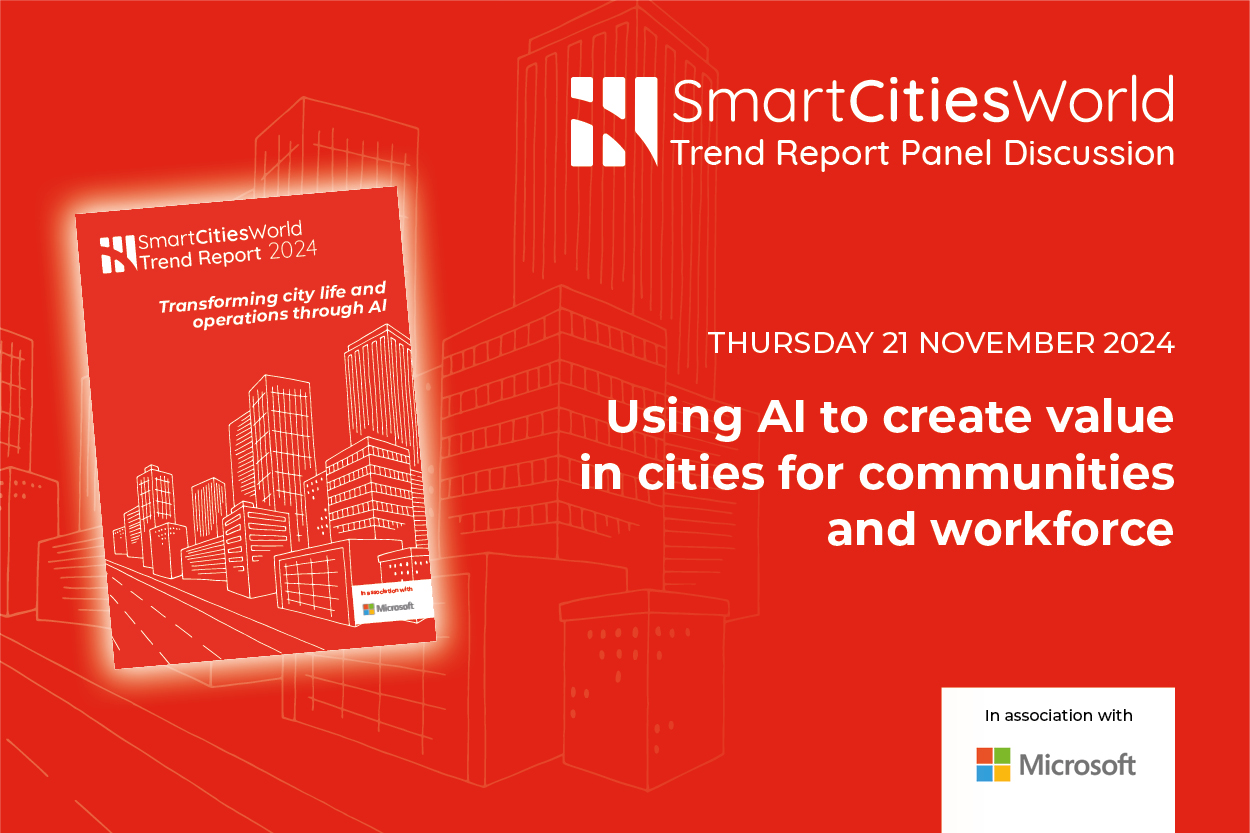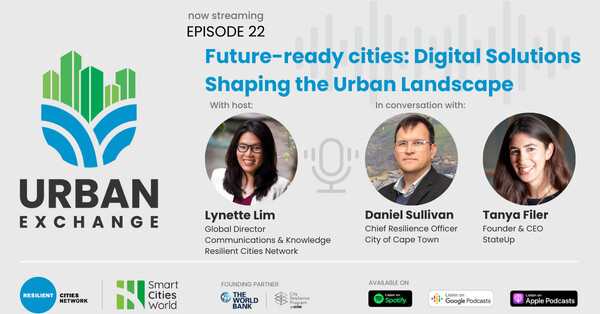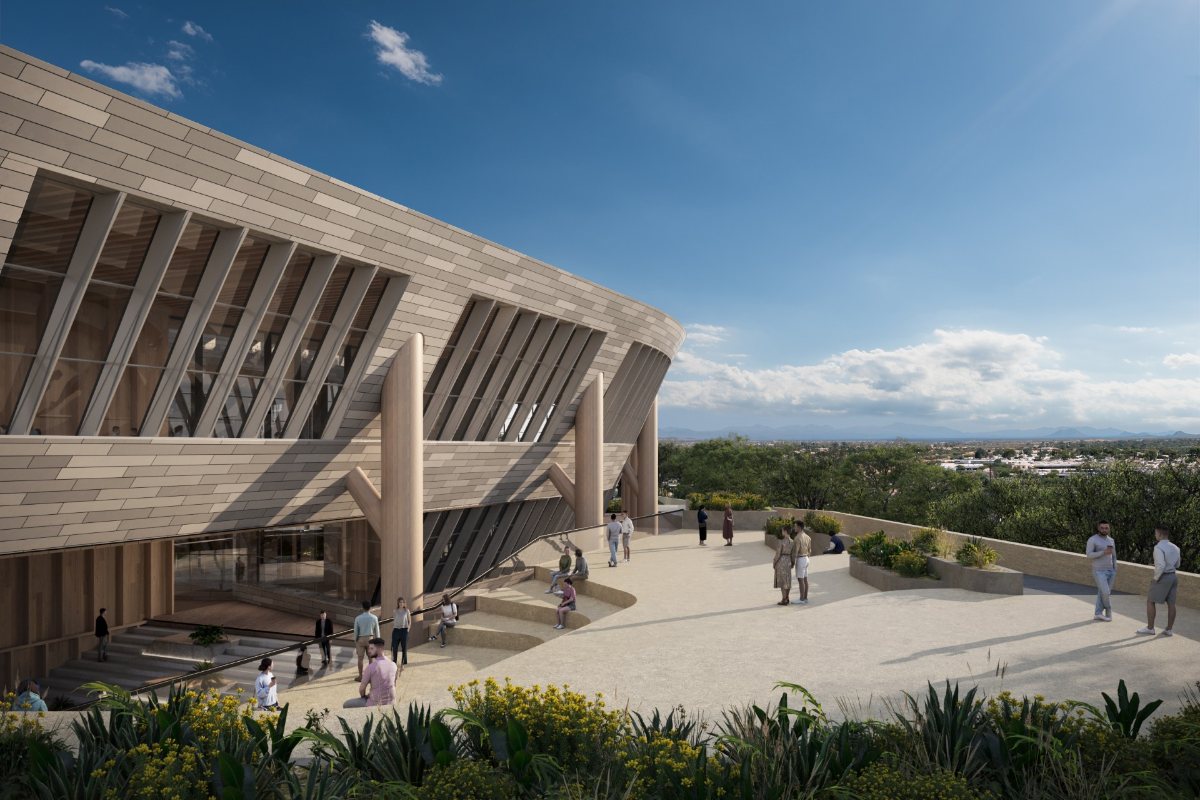Special Reports
SusHi Tech Tokyo 2024: experience ‘Tokyo 2050’ todaySponsored by The SusHi Tech Tokyo 2024 Showcase Program Executive Committee
Smart cities - Beyond the hype
The majority of cities are still at a relatively early stage of their journey in terms of strategy and realising the benefits, according to new research by SmartCitiesWorld and Interact by Signify.

Less than a third of cities (31 per cent) say they have an integrated/overarching smart city strategy that looks beyond individual solutions, according to research carried out by SmartCitiesWorld, in association with Interact by Signify.
The Smart cities: Beyond the hype report surveyed city officials and executives from telecommunications companies, system integrators and other suppliers to find out which smart city approaches are proving most successful, which vertical applications are being prioritised and what the challenges are to a truly integrated smart city.
It finds that many cities can be described as being at an inflection or tipping point and the decisions they take next are likely to have a significant impact on their future success.
With the majority of cities lacking an overarching strategy, the report raises concerns about how such an approach might impede the cities’ longer term aspirations. It highlights the importance of breaking down silos and using an open digital architecture so data and commands can be shared across systems
The lack of integrated approach aligns with the survey findings that the majority of cities are typically responding to specific drivers and challenges and therefore prioritising individual vertical applications.
Read the report to understand:
- The biggest challenge to taking an integrated approach to smart cities – and how this can be tackled
- Which benefits are already being realised from smart innovations
- Which verticals are being prioritised for digitisation and why
- Why 76% don’t think smart cities exist – yet, and which cities are seen as leading

This spotlight was produced by SmartCitiesWorld in collaboration with Interact.

















